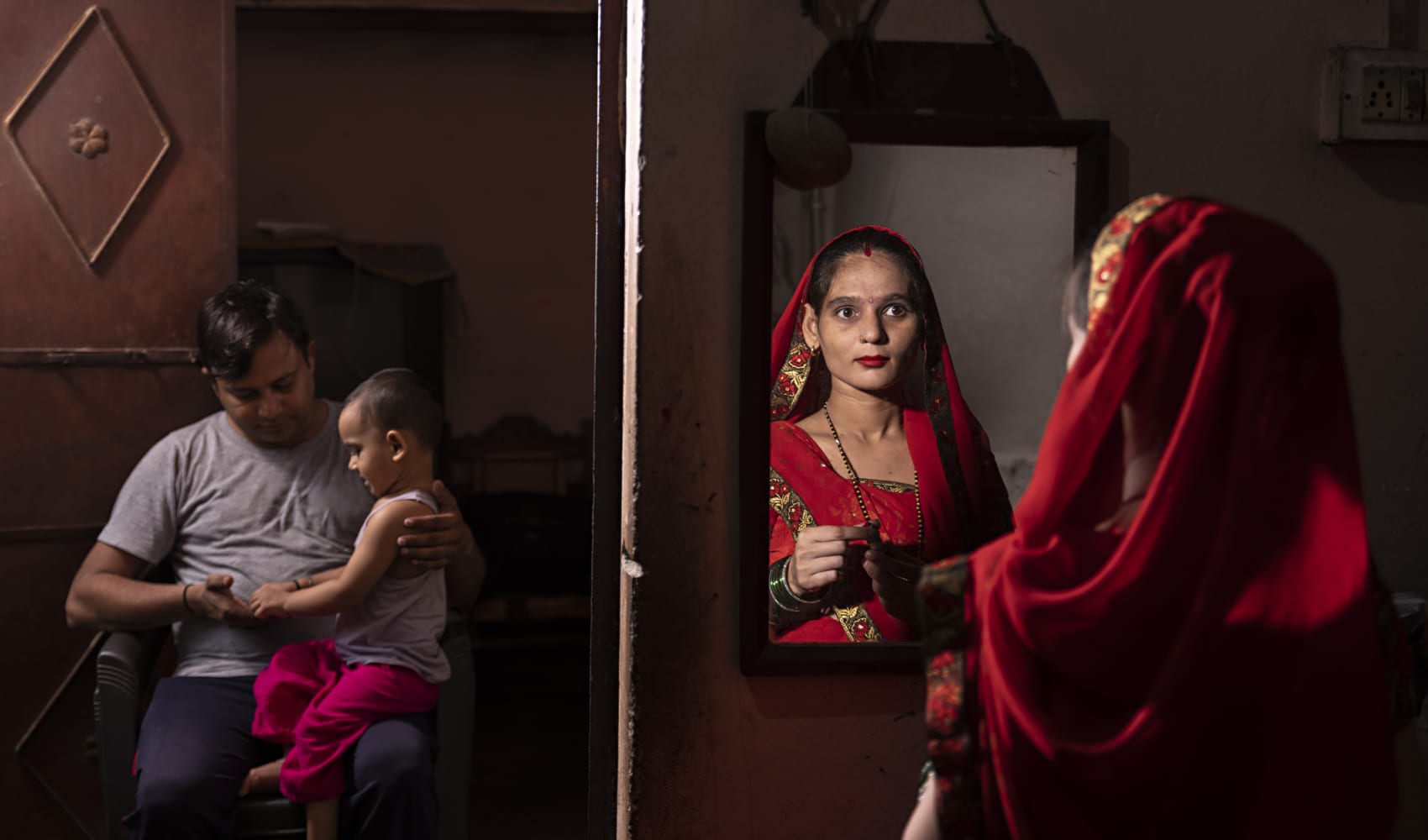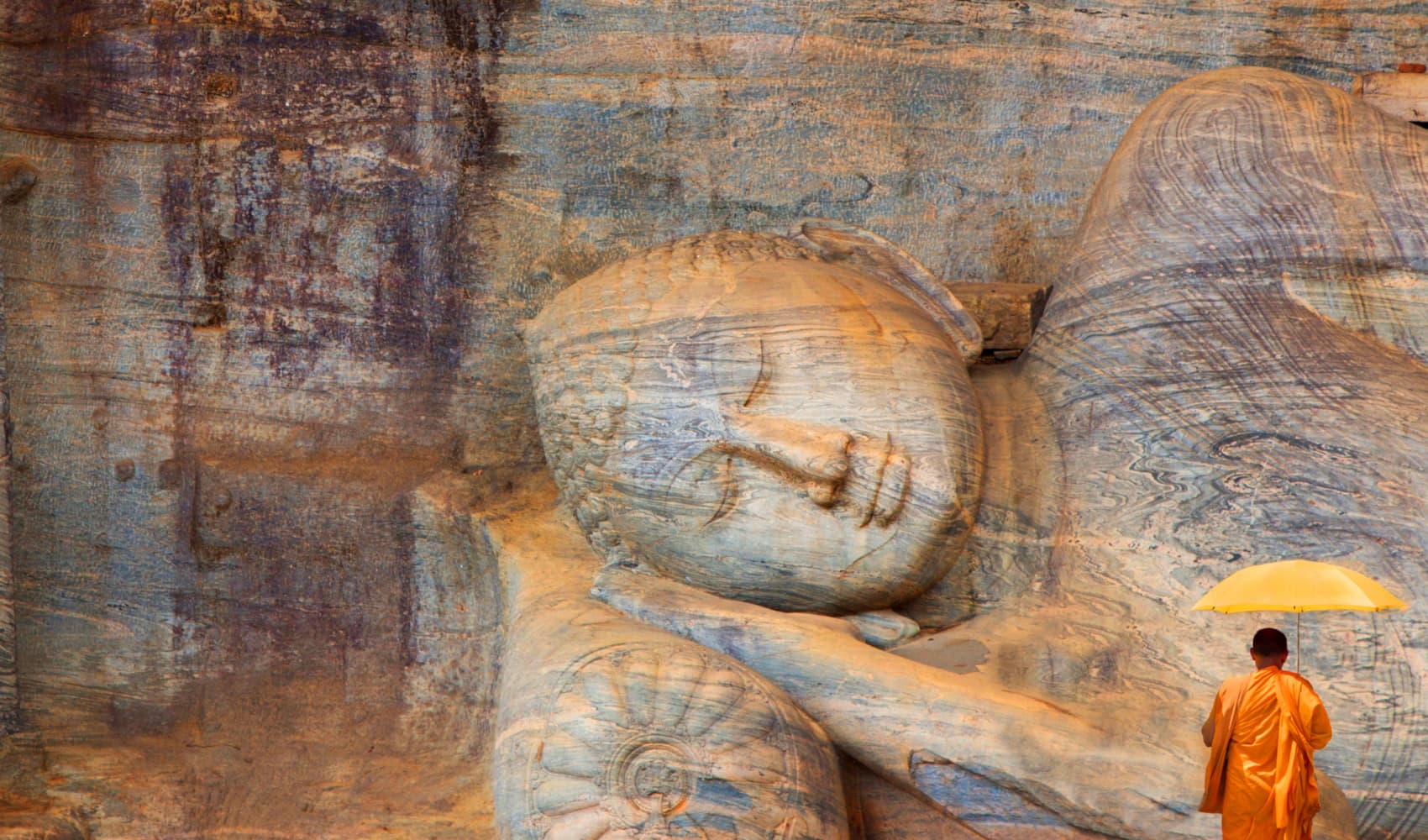
Marxist lawmaker Anura Kumara Dissanayake won Sri Lanka’s presidential election, the Election Commission announced Sunday, after voters rejected the old political guard that has been widely accused of pushing the South Asian nation toward economic ruin.
Dissanayake, whose pro-working class and anti-political elite campaigning made him popular among youth, secured victory over opposition leader Sajith Premadasa and incumbent liberal President Ranil Wickremesinghe, who took over the country two years ago after its economy hit bottom.
Dissanayake received 5,740,179 votes, followed by Premadasa with 4,530,902, Election Commission data showed.
The election held Saturday was crucial as the country seeks to recover from the worst economic crisis in its history and the resulting political upheaval.
Get top local stories in DFW delivered to you every morning. Sign up for NBC DFW's News Headlines newsletter.
“This achievement is not the result of any single person’s work, but the collective effort of hundreds of thousands of you. Your commitment has brought us this far, and for that, I am deeply grateful. This victory belongs to all of us,” Dissanayake said in a post on X.
US & World
Outgoing President Wickremesinghe in a video statement congratulated Dissanayake and said he hoped he will carry forward the economic recovery efforts successfully. The election was a virtual referendum on Wickremesinghe’s leadership, including restructuring Sri Lanka’s debt under an International Monetary Fund bailout after it defaulted in 2022.
Dissanayake, 55, had said he would renegotiate the IMF deal to make austerity measures more bearable. Wickremesinghe had warned that any move to alter the basics of the agreement could delay the release of a fourth tranche of nearly $3 billion that is crucial to maintaining stability.
“I successfully completed the responsibility that history put on my shoulders. I was able to rescue my motherland from bankruptcy within short period pf two years,” Wickremesinghe said.
Under Wickremesinghe, inflation has dropped and foreign reserves and the local currency have strengthened. A 2% economic growth is predicted this year after a 7% contraction in 2022. But Sri Lankans are still struggling with high taxes and living costs.
“Throughout our lives, we have undergone a lot of hardships and our children are also suffering now. We need to bring an end to this misery,” said Ranuka Priyanthi, 58-year-old who voted for Dissanayake. She said she expects him to rebuild the country that has been ruined by economic mismanagement and corruption.
Dissanayake’s immediate challenge would be to steady the economy “in the face of anxieties felt by business and financial groups about his Marxist and revolutionary background,” said political analyst Jehan Perera.
He said Dissanayake represented the spirit of the 2022 uprising during which angry Sri Lankans ousted then-President Gotabaya Rajapaksa and called for a “system change” and “new faces in politics.”
In the News
It was a strong showing for Dissanayake, who won just over 3% of votes in a previous presidential election in 2019.
His National People’s Power coalition is led by the Janatha Vimukthi Peramuna, or People’s Liberation Front, a Marxist party that waged two unsuccessful armed insurrections in 1970s and 1980s to capture power through socialist revolution. After its defeat, the JVP entered democratic politics in 1994 and mostly played a key role in the opposition. However, they have supported several presidents and been part of governments briefly.
The NPP grouping also includes academics, civil society movements, artists, lawyers and students.
Dissanayake was first elected to Parliament in 2000 and briefly held the portfolio of agriculture and irrigation minister under then-President Chandrika Kumaratunga. He ran for president for the first time in 2019 and lost to Rajapaksa, who was ousted over the economic crisis two years later.
The government announced Thursday that it passed the final hurdle in debt restructuring by reaching an agreement in principle with private bond holders. At the time of its default, Sri Lanka’s local and foreign debt totaled $83 billion. The government says it has now restructured more than $17 billion.
The crisis resulted largely from excessive borrowing on projects that did not generate revenue. The impact of the COVID-19 pandemic and the government’s insistence on using scarce foreign reserves to prop up the currency, the rupee, contributed to the economy’s free fall.






